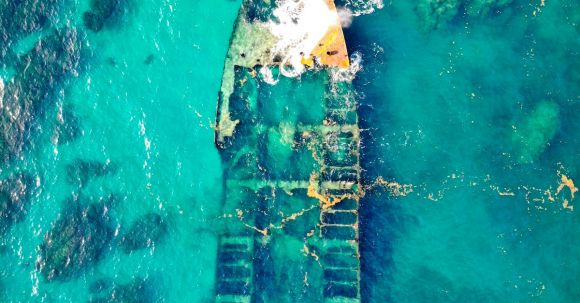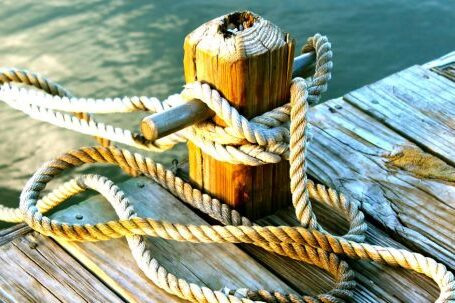Diving is an exhilarating activity that allows you to explore the depths of the ocean and discover hidden treasures. One particularly fascinating aspect of diving is the opportunity to explore famous shipwrecks. These sunken vessels provide a glimpse into the past and offer a unique experience for divers. However, diving to shipwrecks can be challenging and requires careful planning and preparation to ensure a safe and enjoyable dive. In this article, we will discuss some essential tips to dive safely and make the most of your shipwreck exploration.
Choosing the Right Location
Before embarking on your shipwreck diving adventure, it is crucial to research and select the right location. Not all shipwrecks are suitable for diving, and some may be too deep or inaccessible for recreational divers. Look for shipwrecks that are within your diving certification limits and have a good safety record. Additionally, consider the visibility and current conditions at the dive site, as these factors can greatly affect the overall experience.
Preparing for the Dive
Proper preparation is key to a safe and successful shipwreck dive. Start by ensuring that your diving equipment is in excellent condition and properly maintained. Conduct a thorough pre-dive check to ensure that all your gear is working correctly. It is also advisable to have a backup dive computer and a dive torch to navigate the dark areas of the wreck.
Planning the Dive
Before descending into the depths, it is essential to plan your dive carefully. Familiarize yourself with the layout of the shipwreck and identify any potential hazards or points of interest. Consult with experienced divers or local dive operators who can provide valuable insights and guidance. Create a dive plan that includes the maximum depth and bottom time, as well as any required decompression stops.
Navigating the Wreck
Exploring a shipwreck can be an exciting but disorienting experience. It is crucial to have excellent navigational skills and maintain a clear understanding of your surroundings. Consider using a wreck reel or line to guide your way and prevent getting lost inside the wreck. Always keep an eye on your dive buddy and maintain close communication throughout the dive.
Respecting the Wreck
When diving to shipwrecks, it is important to remember that you are visiting a historical site. Treat the wreck with respect and avoid touching or removing any artifacts. Avoid disturbing marine life and be mindful of the fragile ecosystem that may have developed around the wreck. As responsible divers, it is our duty to preserve these underwater treasures for future generations.
Managing Decompression
Shipwreck dives often involve diving to greater depths, which may require decompression stops during ascent. Properly managing decompression is crucial to avoid the risk of decompression sickness. Make sure to adhere to your dive plan and follow the recommended decompression procedures. Ascend slowly and maintain a safety stop at the end of every dive to allow your body to off-gas safely.
In conclusion, diving to explore famous shipwrecks can be an incredible adventure for any diving enthusiast. However, it is important to approach these dives with caution and respect. By choosing the right location, preparing and planning meticulously, navigating the wreck carefully, and respecting the historical significance of the site, you can ensure a safe and enriching shipwreck diving experience. So, gather your gear, dive into the depths, and uncover the mysteries that lie beneath the ocean’s surface. Happy diving!





